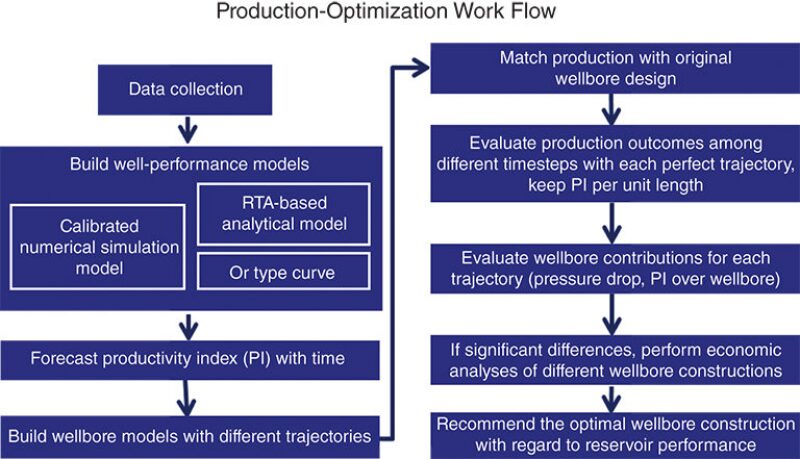Wellbore lateral lengths and uniformity are important for production optimization, affecting liquid holdup and productivity throughout well production life. However, wellbore construction designed for holding leases and completed under time constraints could negatively affect production and limit operators’ potential for their acreage. This paper demonstrates a work flow to determine optimal lateral lengths and trajectories in the Midland Basin by studying the effect of the lateral length and trajectory on well production.
Introduction
Operators often use a scalar to determine wellbore contributions for wells with an atypical lateral length on their leases. The work flow presented here provides realizations to justify use of this scalar, evaluating whether lateral lengths proportionally increase production, whether wellbore contributions are uniform throughout the lateral length of the wells, and whether various wellbore deviations and tortuosities should have the same scalar applied for estimating well production.
A team investigated the effect of lateral length on well estimated ultimate recovery (EUR). The EURs were calculated from daily production data from 15 operators and then normalized by well lateral length from the top perforation to the bottom perforation.


